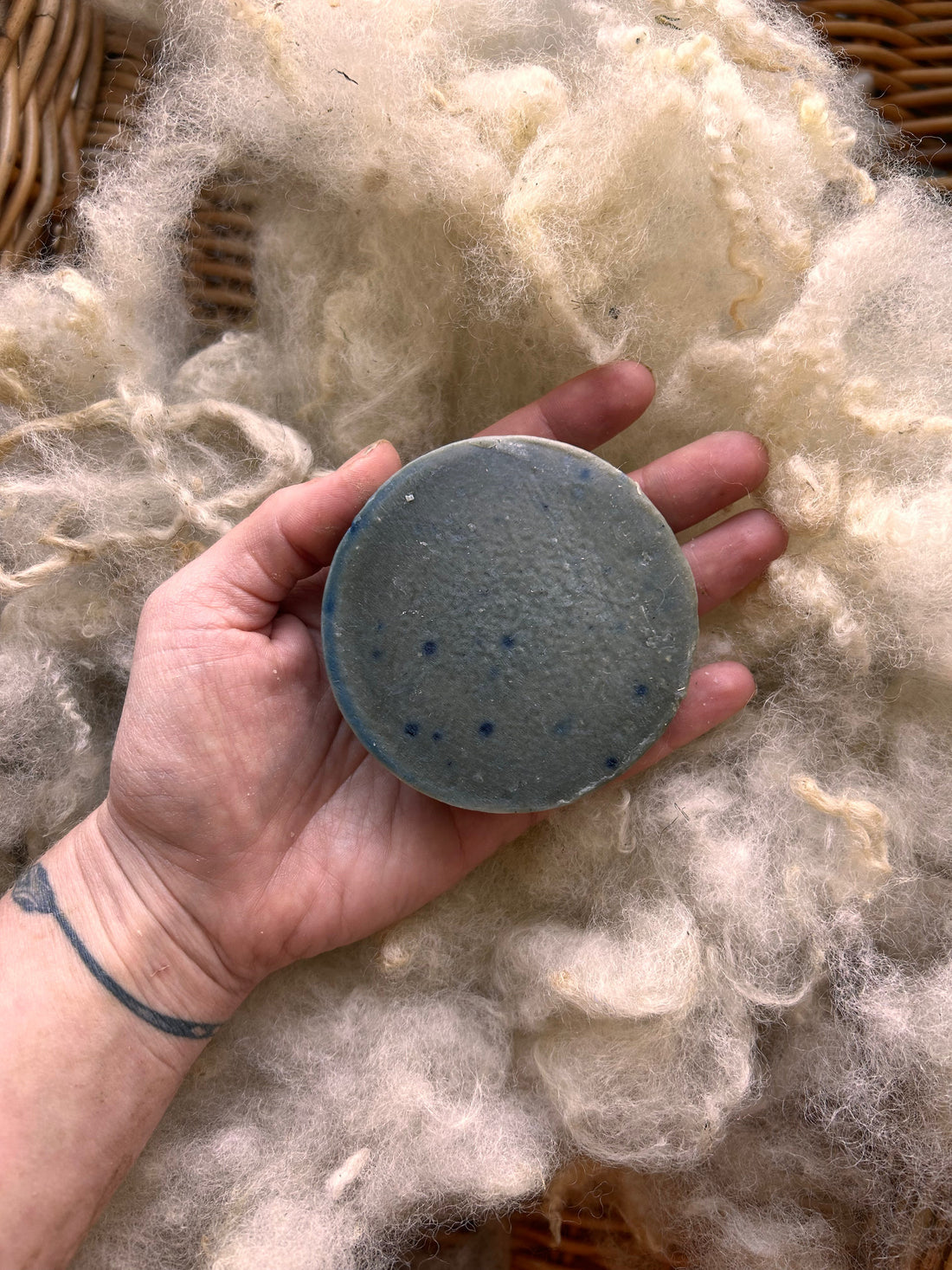Humans have always added color to their lives. Ever since the first ochre-covered handprints appeared on cave walls, we’ve been coloring our world wherever we can. Some pigments are easy to come by—others, not so much.
Take barn red, for example. The classic red of barns across the country comes from oxblood, one of the few reliable ways to tint milk paint. And we think it looks lovely against golden fields or green pastures!
In clothing, color often signified status. Some hues—like deep greens or royal purples—were notoriously difficult (and expensive) to produce. That famous purple dye, purpura, was derived from sea snails, and only the wealthy could afford it. Deep green? Surprisingly tricky. We've had some luck dyeing with nettles, but it’s not particularly colorfast.
Historically, color also had practical uses. Doctors wore white to signal cleanliness. Chimney sweeps wore black—for obvious reasons. And the everyday worker? Blue.
Blue collars, blue jeans, and in Germany, what’s affectionately known as the Blau Mann—the blue work coat—are all rooted in the humble, hardworking history of indigo dye. Indigo is one of the few natural dyes that’s both beautiful and widely available. And we’ve fallen head over heels for it.It dyes wool. It dyes textiles. And yes—it even dyes soap. And that’s not easy to do.
As you may know, we don’t use mica in our products. While mica can be used to create dazzling color effects in soap, it comes with a high ethical cost. Much of the world’s mica is mined under unsafe and exploitative conditions—including child labor and illegal operations. We’re simply not comfortable with that tradeoff. So we’re always on the lookout for sustainable, natural ways to add color—because yes, we love color too!
Coloring soap naturally is no small feat. The process of saponification (the chemical transformation that turns oil into soap) can dramatically alter or erase many plant-based pigments. Beetroot powder turns grey. Spinach green fades to nothing. But indigo? Indigo holds strong—if you get the timing, temperature, and proportions just right.
So as a tribute to the dignity of manual work and the beauty of natural dyes, we’ve updated our “Working Hands” soap. Formerly a modest beige, it now boasts a rich indigo tint reminiscent of well-worn denim. This bar is packed with nourishing oils like hemp and neem, which naturally give it a deeper tone—and the indigo adds just the right hue to make it beautiful.
We think it’s the perfect color for hands that build, fix, plant, and create. And we hope you love it as much as we do.
For the upcoming gardening season we have paired our newly blue Working Hands soap with a pocket size version of our Working Hands Balm for a lovely little box set- now available online!

